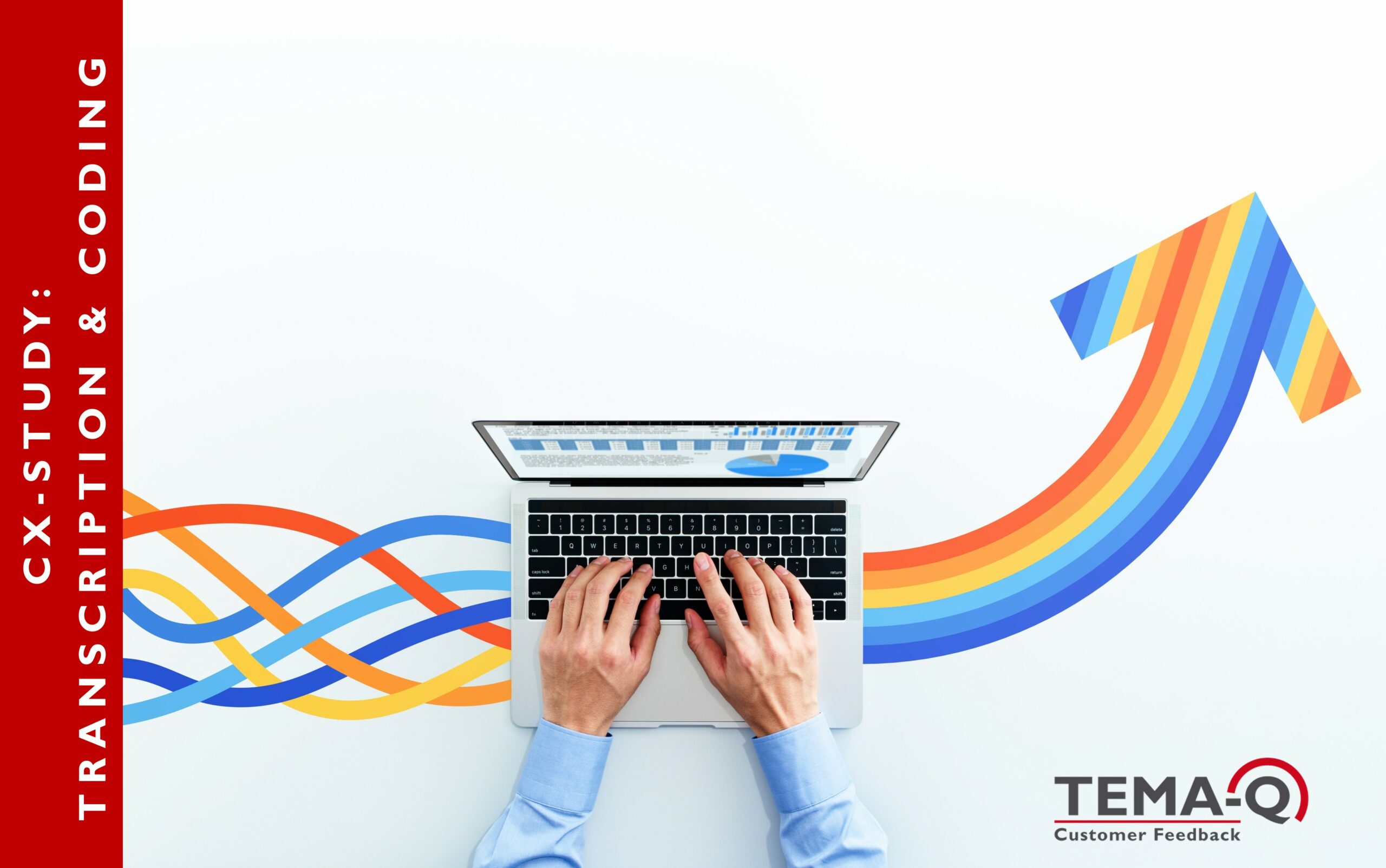After completing a CX study, you have one thing above all: data. This is an excellent basis for identifying potential for improvement and concrete measures to optimize the customer experience. However, in order to draw valuable insights from the data, it must first be processed. Today, we will explain to you exactly what this processing looks like at TEMA-Q.
We have been focusing on CATI surveys for many years, which is why we would also like to address the associated challenges in this article. Unlike online surveys or other forms of survey that work primarily or exclusively with closed questions, we receive large volumes of open responses in the form of audio files on a daily basis. While we ask your customers on the phone about their experiences with your products or services, we record the answers. This means that we then have a lot of “voice of customer” data, which initially appears bulky and cannot be analyzed immediately.
In order to be able to use the added value that these recordings of the original statements bring, the first step is to transcribe the open-ended responses. To ensure that we do not lose any information, we do not fully rely on automatic AI transcriptions, but instead have our experienced employees check and, if necessary, rework each entry.
All open responses are now available in written form. This already makes handling a lot easier. Nevertheless, the data in this state cannot yet be evaluated using statistical analysis methods. In order to achieve this evaluability, the answers must first be coded. We can either use coding schemes provided by you or we can develop our own code lists into which your customers’ answers can be categorized. The aim of coding is to structure the qualitative data so that it can then be analyzed quantitatively. In this step, similar answers are assigned uniform codes so that it is no longer necessary to look at each individual answer in order to identify patterns or trends in the answers as a whole.
Once transcription and coding have been completed, the analysis can finally begin. We will explain the options we offer in this area in the next article.
Take a look at our LinkedIn profile at https://www.linkedin.com/company/tema-q/ to gain exciting insights into the world of customer and employee experience in the future.
If you have any questions about these or other topics, or would like a live demo version of ClaralytiX via video conference, click here to make an appointment or contact us.

